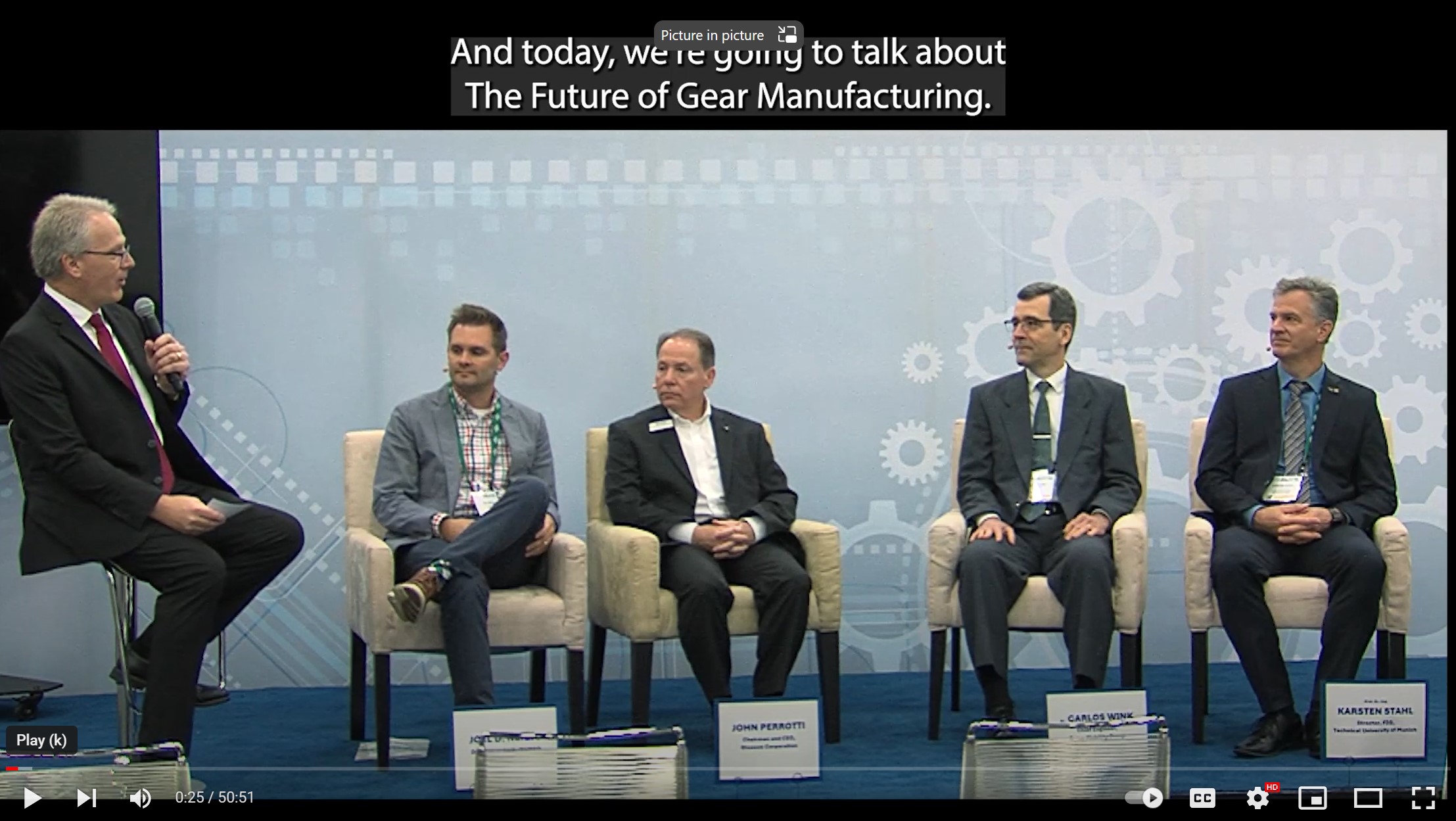108,000 Hours and Counting

They sit attentively in packed classrooms, hang on every PowerPoint slide, and clamor for more. It's not behavior typical of on-the-job trainees-but it's an exciting reality for DMG/Mori Seiki University (DMSU) instructors who have their sights set on upper-echelon workforce development. While originally intended for customer-oriented machine training, the DMSU curriculum has grown into an engine for internal transition. "When DMG and Mori Seiki joined forces in the United States in April 2010, people both inside and outside of the organization were skeptical that it would be successful," says Rod Jones, chief learning officer at DMSU. "DMSU has played a key role in bringing about organizational change in this regard."
During the 2010 fiscal year, DMSU experienced staggering growth of 140 percent. Since the DMG/Mori Seiki partnership announcement, classroom instructors and online courses have delivered more than 108,000 hours of training, 72 percent of which were employee- and distributor-focused.
"Before, we had to beg our people to attend these classes," Jones says. "Now, it's a total reversal; we can barely keep up with the requests to attend because the distributors and engineers see the value." This metamorphosis hasn't come at the expense of customers-quite the contrary. As Jones explains, an organization can't put 78,000 hours and significant monetary investment toward internal training without effecting positive change.
"It's the iceberg effect: You only see the tip of DMSU benefits: i.e., direct customer training," he says. "The indirect benefit is the fact that the DMG/Mori Seiki USA distributors and the engineers who serve them are now a much stronger, more confident, more powerful force than ever before, thanks to the training they have received."
Getting employees and distributors up to speed on hundreds of new machine models and technologies was no simple feat. Jones and his team went above and beyond-investing heavily to bring teams of instructors from Germany to teach nearly three dozen new, unique DMG-specific classes.
Internal parties also take machine-specific courses that cover programming, operation and maintenance through DMSU's Education on Demand, the University's online platform.
"During the time that we were focusing on internal education, we never denied training to a single customer; in fact, that side of the University continued to expand as well," Jones says. "But we really turned DMSU upside down to help support the business goals and the success of the DMG/Mori Seiki USA collaboration."
Jones doesn't see any letup in the intensity of internal training. His team is facilitating an apprenticeship program that sends students to Germany for as long as two years to learn factory processes, take classes led by DMG engineers and bring their knowledge back to the United States. A similar scenario is occurring within the new Mori Seiki manufacturing plant in Davis, California. There, recruiters are working directly with Japanese factory personnel to give new hires the most in-depth education possible. "We have to home-grow our people-they just aren't out there," Jones says.
Jones acknowledges the huge difference in the way DMG/Mori Seiki USA approaches internal training, as compared to other machine tool makers. "I know from my previous work as a consultant that most people in the manufacturing industry see training as a necessary evil," he says. "One of the reasons I closed my business and came to DMG/Mori Seiki USA is because the organization understands the value of educating its people."
Anyone can give a lecture in front of a classroom-but it takes experience, critical thinking and some serious elbow grease to develop a worthwhile course from scratch. And that's just what DMG/Mori Seiki USA instructors do every day.
When new machines or technologies arise, engineers and DMSU staff travel to DMG and Mori Seiki factories around the globe to learn from local employees, perform programming operations and service procedures, and document the process. From there, instructors painstakingly write, design and develop every last detail of online and classroom courses-from virtual machining demos to proficiency-based test questions.
The task of developing machine-installation protocol is perhaps even more arduous-but the resulting training courses solve problems that have dogged an entire industry for decades.
"Before coming to DMG/Mori Seiki USA, I consulted more than 100 manufacturing clients-and instituting authorized installation processes was a challenge for them all," Jones says. "In this industry, it's standard protocol to throw a brand new machine out in the field with service guys who have never had a day of training on it. It's always been a struggle for the machine builder to control the process."
One such struggle was the installation of the large and complex NT6600 DCG. To alleviate the costs, pain and troubleshooting associated with inconsistent installation of this and other complex machines, DMSU employees track and document approved installations and develop repeatable, step-by-step processes and certification courses for U.S. service engineers.
"Before, we were bringing in full teams from Japan to ensure proper protocol, which could take weeks and weeks," Jones says. "Now, the customer gets a factory-authorized installation from their local service technician."
Since beginning this initiative, customer complaints relating to NT and other complex machine installations have virtually vanished. It's not the only area in which a committed focus to internal training has gone a long way to boost customer perceptions and satisfaction.
"I just saw the results of our annual customer survey, and the perception of our training and service has visibly improved," says Jones. "I'd like to think that, whether customers realize it or not, our team had something to do with it."





